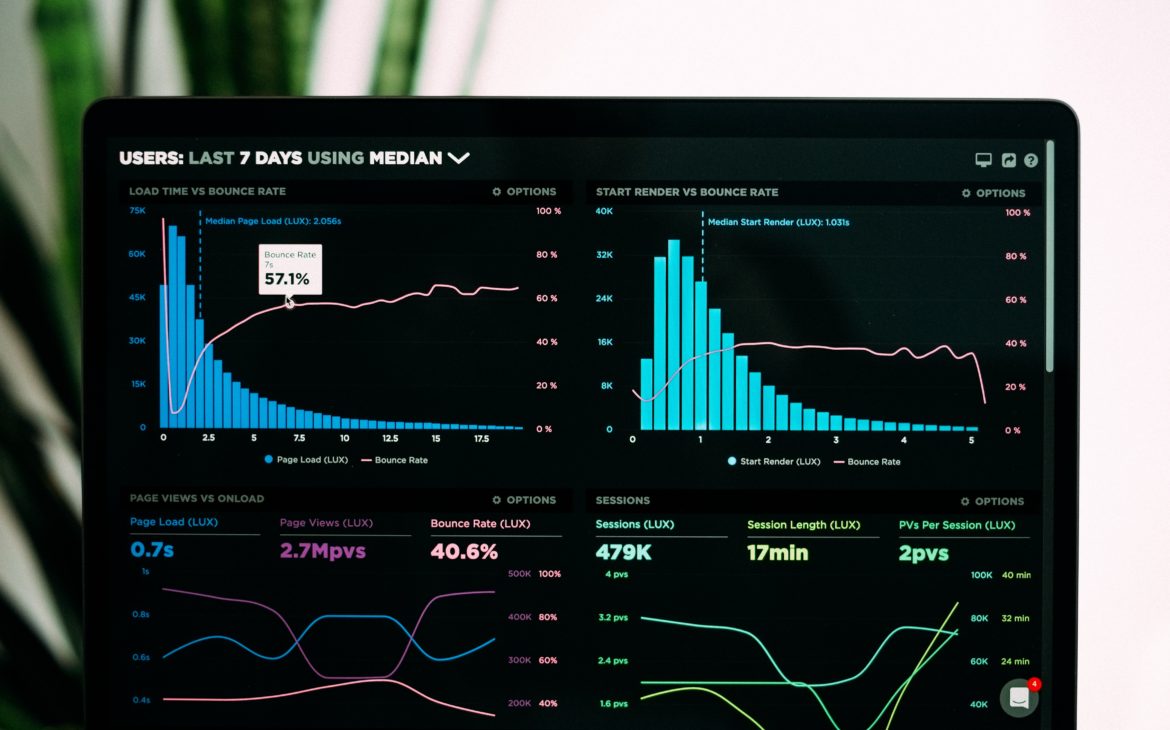Data analysts encounter all types of data sets, from databases to flat files. In order to analyze these varying types of data, we need a toolbox. A data analyst can apply data concepts to any data set, and most tools can be used to accomplish many different goals. However, the way each tool operates depends on how that tool was developed.
There are all sorts of tools. Some are a language used to work with data, others are dedicated to statistical analysis, and still others are part of a platform intended to accomplish a multitude of tasks.
As a data analyst, you may work with any number of tools. It’s not necessary for you to learn how to execute every function within every tool, but it is important to understand what type of function you need and how that tool performs it. What’s paramount is that you recognize which tools are commonly used in the analyst’s world, and why.
Proprietary and Open Source Languages
Each language is different, but they are all uniquely used to deal with data. There are different ways to interact with these languages; you may directly code these languages, or you may work with software that leverages them. Before we dig into more specifics, it’s important to understand the difference between open source and proprietary. Open source is freely open for people to use, and proprietary is custom to the vendor.
Both proprietary and open source languages allow us to work with large data sets, apply transformations, code graphical outcomes, and perform statistical analysis. Just like any language, there are variations in the open source languages used in data analysis. For example, when working within a Microsoft product, you’re actually using Transact-SQL (TSQL), which is a Microsoft and Sybase proprietary extension of SQL.
Open source languages allow a program to communicate with the use of middleware from the front to the back. Some of the most commonly used open source languages are as follows:
- Structured Query Language
- R
- Python
Data Transformation Tools
Tools that are dedicated to data transformation allow us to easily transform our data in order to meet business requirements. It’s important to know which tools you should reach for when you need to transform data. Tools like Microsoft Excel, and many others, have made major expansions to support data analysts through routine feature development and expansions. Simple improvements, like row counts in Excel from 65,000 rows to one million, and additions, like Power Query serving both Power BI and Excel for the analysts’ work, allow us to effectively manage and work with data that exceeds a million rows. The addition of new features in Tableau, like their data prep tools, also enable us to perform more data preparation than with the original product.
Data transformation tools are used to mine data, explore data, expand data, link to other data sets, and build models. There are several data transformation tools that are very commonly used by data analysts.
- Microsoft Excel
- Tableau Prep
- Microsoft Power BI
- Rapid Miner
Visualization Tools
Tools that are dedicated to building dashboard representations of data allow us to visualize our data. Any of the tools covered here can be used for this purpose; it doesn’t matter which tool you select.
Tools that allow us to visually represent data all share common visual elements, such as charts, graphs, tables, and filters. While each tool has its own strengths, it ultimately doesn’t matter what tool is selected. Data analysts are typically required to use the software packages that the organization has purchased. Some of the most popular tools for data visualization include the following:
- Tableau
- Microsoft Power BI
- Qlik
- ArcGIS
- AWS QuickSight
Statistical Tools
Although most data-related software involves some form of statistical analysis, like the Data Analysis ToolPak in Excel, using tools dedicated to performing statistical tests will offer more test capability and features for data preparation.
These tools offer more than just the basic statistics, but also different types of statistical analysis examples that include tests for parametric and nonparametric data, prediction and regression models, and other types of statistical analysis like fixed effects and mixed effects. They not only perform the statistical analysis outcomes but visualization. These tools are designed with statistical analysis in mind, and they are accepted by researchers and scholars all over for use of their analysis.
When there is a heavy focus on statistical analysis you will likely find tools that
are dedicated to not only working with data but have a focus on comprehensive
statistical tests and ease of use. Some of the most popular tools for statistical
analysis include the following:
- SAS
- IBM SPSS
- IBM SPSS Modeler
- Stata
- Minitab
Paginated Reporting Tools
Before the advent of dashboards, we would find pages of reports being printed with lines of information for use. These reports still provide critical information and are not a thing of the past. However, there are tools that are dedicated to performing the types of reports that are to be printed over multiple pages. Reports that have lines of data and are not suitable for dashboarding often make their way to paginated reports
These are some common tools used to work with data that is to be reported over multiple pages.
- SQL Reporting Services (SSRS)
- Crystal Reports
- Power BI Report Builder
Platform Tools
Over the years, major software vendors have determined that platforms, or suites of tools combined, can be extremely helpful for an organization. These offerings provide the ability to perform many different tasks within one suite of programs.
Platform tools allow companies to share data, create reports, build dashboards with organizational data, and more. It is also not uncommon for a data professional to work within multiple cloud platforms at their organization.
There are many different types of platforms, and the list continues to grow. Some of the most popular are as follows:
- Business Objects
- MicroStrategy
- Apex
- IBM Cognos
- Dataroma
- Cloudera
- Alteryx
- Oracle Analytics
- Domo
- Microsoft Power Platform
- RapidMiner





